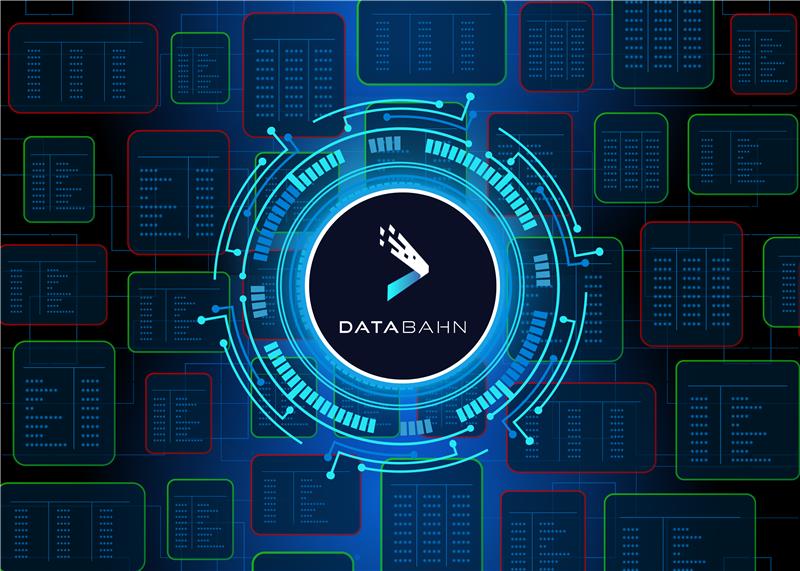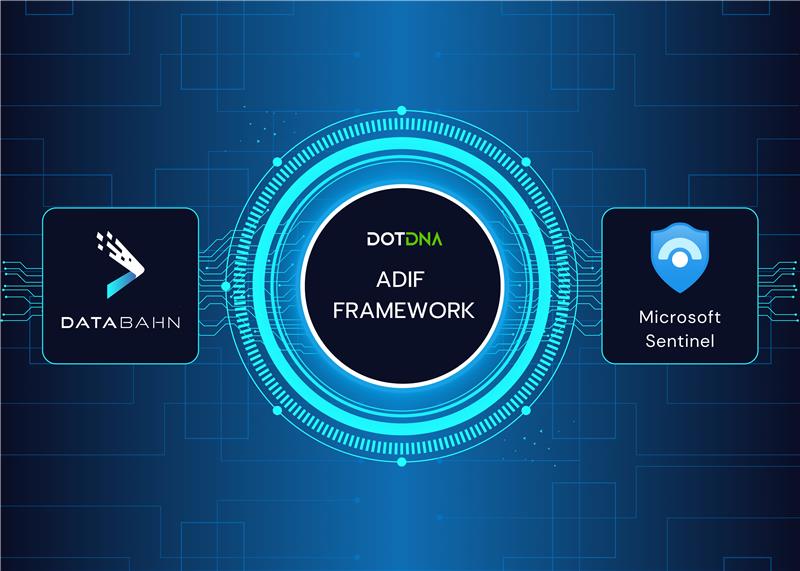
Identity Data Management
and how DataBahn solves the ‘first-mile’ identity data challenge
Identity management has always been about ensuring that the right people have access to the right data. With 93% of organizations experiencing two or more identity-related breaches in the past year – and with identity data fragmented and available in different silos – security teams face a broad ‘first-mile’ identity data challenge. How can they create a cohesive and comprehensive identity management strategy without unified visibility?
The Story of Identity Management and the ‘First-Mile’ data challenge
In the past, security teams would have to ensure that only a company’s employees and contractors had access to company data and to keep external individuals, unrecognized devices, and malicious applications out of organizational resources. This usually meant securing data on their own servers and restricting, monitoring, and managing access to this data.
However, two variables evolved rapidly to complicate this equation. First, several external users had to be provided access to some of this data as third-party vendors, customers, and partners needed to access enterprise data for business to continue functioning effectively. With new users coming in, existing standards and systems such as data governance, security controls, and monitoring apparatus did not evolve effectively to ensure consistency in risk exposure and data security.
Second, the explosive growth of cloud and then multi-cloud environments in digital enterprise data infrastructure has created a complex network of different identity and identity data collecting systems: HR platforms, active directories, cloud applications, on-premise solutions, and third-party tools. This makes it difficult for teams and company leadership to get a holistic view of user identities, permissions, and entitlements – without which, enforcing security policies, ensuring compliance, and managing access effectively becomes impossible.
This is the ‘First-Mile’ data challenge. How can enterprise security teams stitch together identity data from a tapestry of different sources and systems, stored in completely different formats, and enabling them to be easily leveraged for governance, auditing, and automated workflows?
How DataBahn’s Data Fabric addresses the ‘First-Mile’ data challenge
The ‘First-Mile’ data challenge can be broken down into 3 major components –
- Collecting identity data from different sources and environments into one place;
- Aggregating and normalizing this data into a consistent and accessible format; and
- Storing this data for easy reference, smart governance-focused and compliance-friendly storage.
When the first-mile identity data challenge is not solved, organizations face gaps in visibility, increase risks live privilege creep, and are vulnerable to major inefficiencies in identity lifecycle management, including provisioning and deprovisioning access.
DataBahn’s data fabric addresses the “first-mile” identity data challenge by centralizing identity, access, and entitlement data from disparate systems. To collect identity data, the platform enables seamless and instant no-code integration to add new sources of data, making it easy to connect to and onboard different sources, including raw and unstructured data from custom applications.
DataBahn also automates the parsing and normalization of identity data from different sources, pulling all the different data in one place to tell the complete story. Storing this data with the data lineage, multi-source correlation and enrichment, and the automated transformation and normalization in a data lake makes it easily accessible for analysis and compliance. With this in place, enterprises can have a unified source of truth for all identity data across platforms, on-premise systems, and external vendors in the form of an Identity Data Lake.
Benefits of a DataBahn-enabled Identity Data Lake
A DataBahn-powered centralized identity framework empowers organizations with complete visibility into who has access to what systems, ensuring that proper security policies are applied consistently across multi-cloud environments. This approach not only simplifies identity management, but also enables real-time visibility into access changes, entitlements, and third-party risks. By solving the first-mile identity challenge, a data fabric can streamline identity provisioning, enhance compliance, and ultimately, reduce the risk of security breaches in a complex, cloud-native world.
Related Posts
Reduced Alert Fatigue: 50% Log Volume Reduction with AI-powered log prioritization
Discover how AI can reduce alert fatigue with intelligent log prioritization in Microsoft Sentinel
Identity Data Management – how DataBahn solves the ‘first-mile’ data challenge
Find out why telemetry data is important and how you can collect it better using…
Telemetry Data Pipelines – and how they impact decision-making for enterprises
Find out why telemetry data is important and how you can collect it better using…
Sentinel best practices: how SOCs can optimize Sentinel costs & performance
Microsoft Sentinel best practices How SOCs can optimize Sentinel costs & performance Enterprises and security…





















